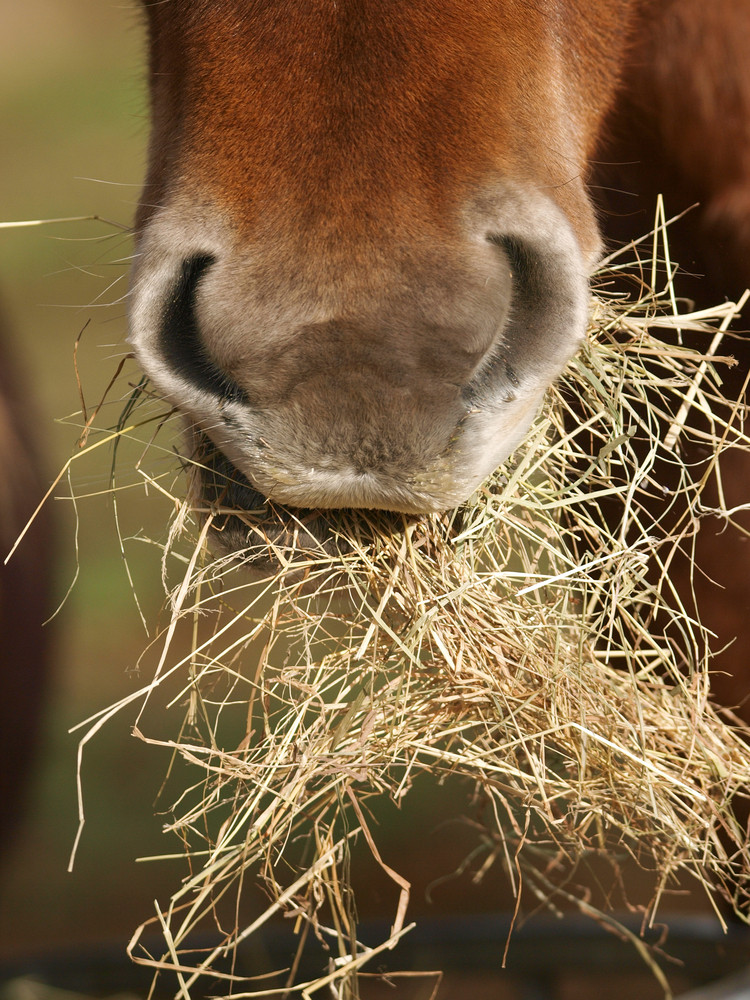The idea of soaking hay for horses has been around for some time, but there is much confusion in the length of time hay should be soaked for and the methods available to soak it.
Why soak hay?
The reason we soak hay for horses suffering from laminitis, equine metabolic syndrome (EMS) or insulin resistance (IR) is to reduce the amount of water-soluble carbohydrates (sugars) in the hay. It is well known that feeding hay with high levels of water-soluble carbohydrates can lead to laminitis. Ideally, it is recommended that the amount of water-soluble carbohydrates in hay should be less than 10% in order for it to be safe to feed.
For horses prone to laminitis it is recommended to feed hay with the lowest water-soluble carbohydrate content possible, and have the hay analysed to make sure you know exactly what you're feeding to your horse or pony. There are many factors that affect the WSC content of hay, and hay analysis is the only way of knowing what kind of hay you are feeding. Hay analysis can be performed for less than £30 and is definitely money well spent. I would recommend analysis before and after soaking especially when feeding horses diagnosed with laminitis.
How long should hay be soaked?
Sugar can be leached out of hay in significant amounts by soaking for 10-12 hours in clean fresh water. Sugars will be lost quicker in warmer water so in winter months using warmer water will assist the process. The quantity of water is also important as the sugar is lost by diffusion down a concentration gradient. The more water is used, the more sugar can be lost. Changing the water midway through soaking will lead to more sugar being soaked out.
Dispose of the water used to soak the hay carefully, especially in summer months as bacterial growth can become a problem.
Steaming hay
It is worth also noting that steaming hay does not effectively reduce the WSC content of hay and therefore soaking in water is the most effective method.
Got a question? Please leave a comment below.

